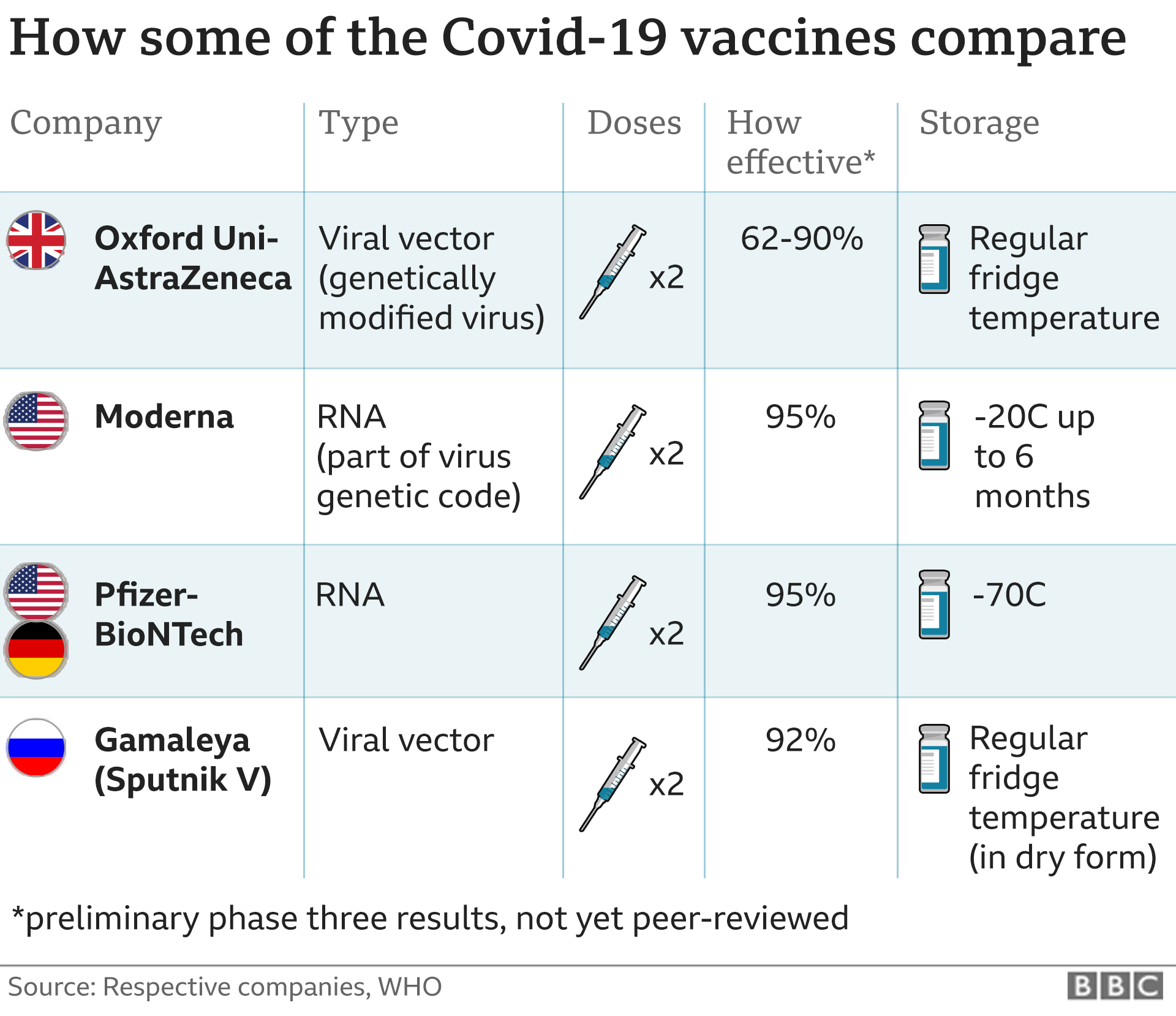Currently, no SARS-COV2 test gives a 100% accurate result. Ideally, these tests need to be evaluated to determine their sensitivity and specificity, by comparison with a “gold standard.” The absence of a gold standard for the disease makes the evaluation of test accuracy challenging.
Diagnostic tests (typically involving a nasopharyngeal swab) can be inaccurate in two ways. A false positive result erroneously labels a person infected, with consequences including unnecessary quarantine and contact tracing. False negative results are more consequential, because infected persons — who might be asymptomatic — may not be isolated and can infect others. [1]
Previously, test availability has been a concern here in the Philippines especially on RT-PCR, but test accuracy may prove a larger long-term problem. Another concern is the high number of rapid IgM IgG test available in the market yet it's sensitivity and specificity of COVID-19 remains problematic.
Interpreting the result of a test for COVID-19 depends on two things: the accuracy of the test, and the pre-test probability or estimated risk of disease before testing. [2]
To understand accuracy of the exam, concepts on sensitivity and specificity must be first understood. Sensitivity is the proportion of patients with disease who have a positive test, or the true positive rate. Specificity is the proportion of patients without disease who have a negative test, or true negative rate. These terms describe the operating characteristics of a test and can be used to gauge the credibility of a test result.[2]
Two studies from Wuhan, China, arouse concern about false negative RT-PCR tests in patients with apparent Covid-19 illness. The studies suggest that 70% is probably a reasonable estimate for sensitivity of the nasal swab of RT-PCR. At this sensitivity level, with a pretest probability of 50%, the post-test probability with a negative test would be 23% — far too high to safely assume someone is uninfected. [2]
In summary, a positive RT-PCR test for covid-19 test has more weight than a negative test because of the test’s high specificity but moderate sensitivity.
A single negative covid-19 test should not be used as a rule-out in patients with strongly suggestive symptoms. What this highlights is that we are still on our infancy stage in detecting SARS-COV2 and diagnosing COVID-19.
In a perfect world, designing a reference standard for measuring the sensitivity of SARS-CoV-2 tests in asymptomatic people is optimal. Simply following people for the subsequent development of symptoms may be inadequate, tiresome and dangerous as they may remain asymptomatic yet be infectious.
References:
[2] Steven Woloshin, Neeraj Patel, Aaron S Kesselheim. False Negative Tests for SARS-CoV-2 Infection — Challenges and Implications. https://www.nejm.org/doi/abs/10.1056/NEJMp2015897
Day 5 of #100DaysToOffload. Find out more about it here.









